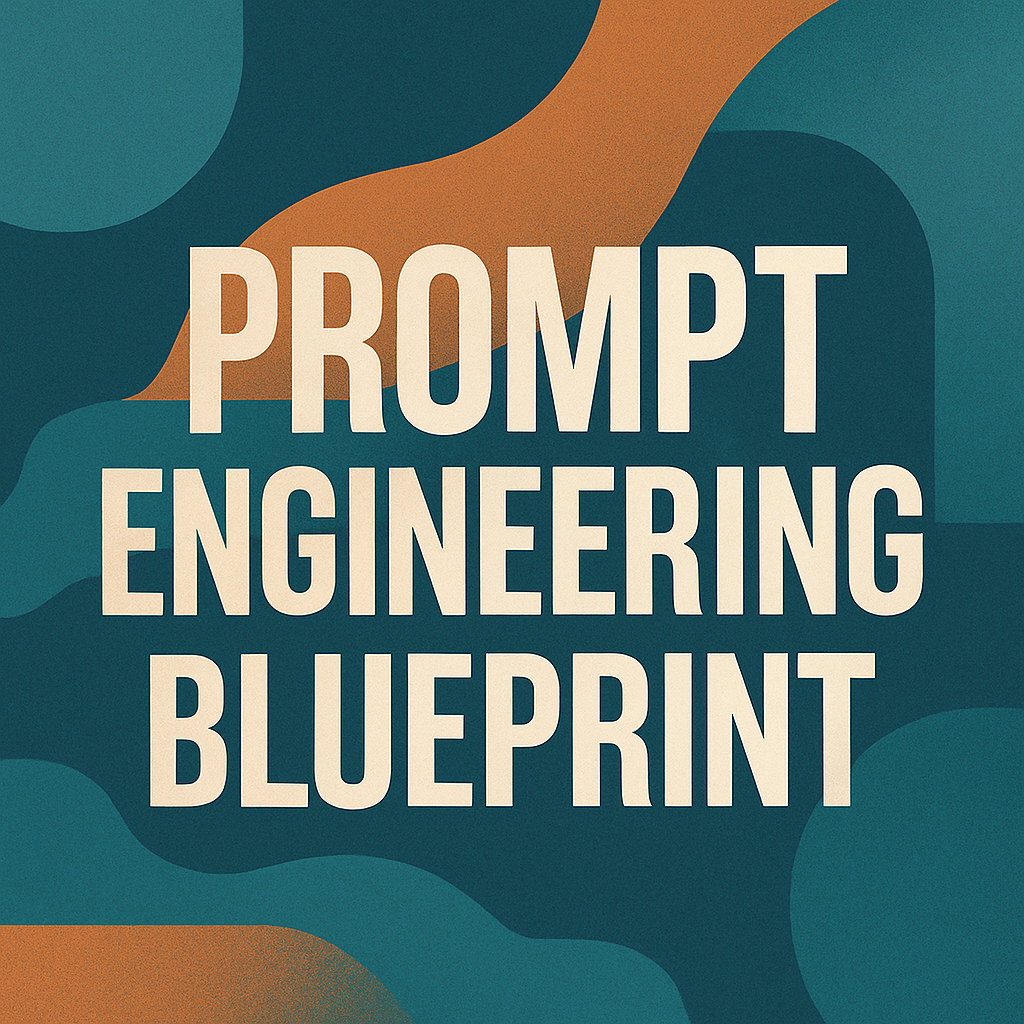Description
1.
Synaptic Strength (Long-Term Potentiation – LTP)
-
Type: Chemical and structural
-
What it is: Enhanced efficiency of synaptic transmission between neurons.
-
Mechanism:
-
When two neurons repeatedly activate together, glutamate release activates NMDA and AMPA receptors, allowing calcium influx.
-
This triggers a cascade that increases the number and sensitivity of synaptic receptors, especially AMPA receptors.
-
Results in a stronger, more responsive synapse.
-
-
Duration: Minutes to decades (if reinforced).
-
Key regions: Hippocampus (early encoding), cortex (long-term storage).
2.
Structural Changes in Neurons
-
Type: Morphological (physical structure)
-
What it is: Formation or elimination of dendritic spines and even whole synapses.
-
Mechanism: Neurons that “fire together, wire together” — memory formation leads to new synaptic connections, increased dendritic complexity, or pruning of irrelevant pathways.
-
Implication: You literally rewire your brain every time you form a lasting memory.
3.
Gene Expression and Protein Synthesis
-
Type: Molecular
-
What it is: Long-term memories require the synthesis of new proteins.
-
Mechanism:
-
Calcium influx activates transcription factors (e.g., CREB).
-
These trigger gene expression for proteins needed to build/maintain synapses.
-
-
Blocking protein synthesis = memory formation fails.
-
Duration: Supports maintenance over time (days to years).




Reviews
There are no reviews yet.